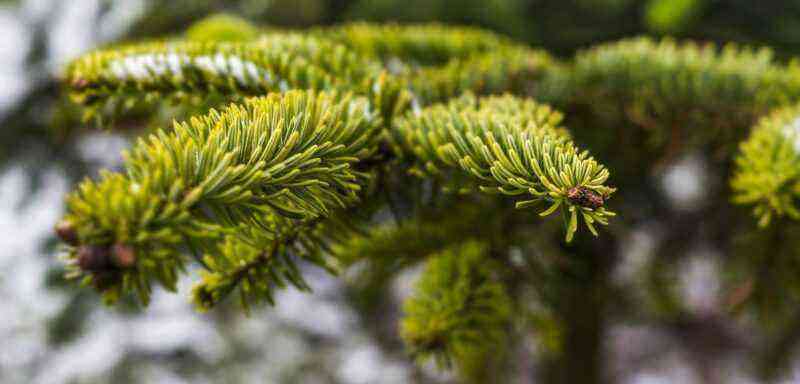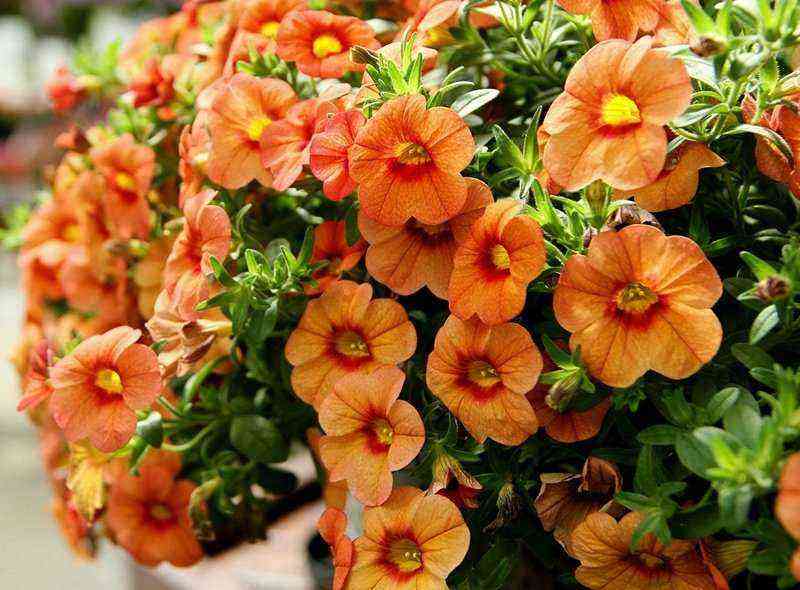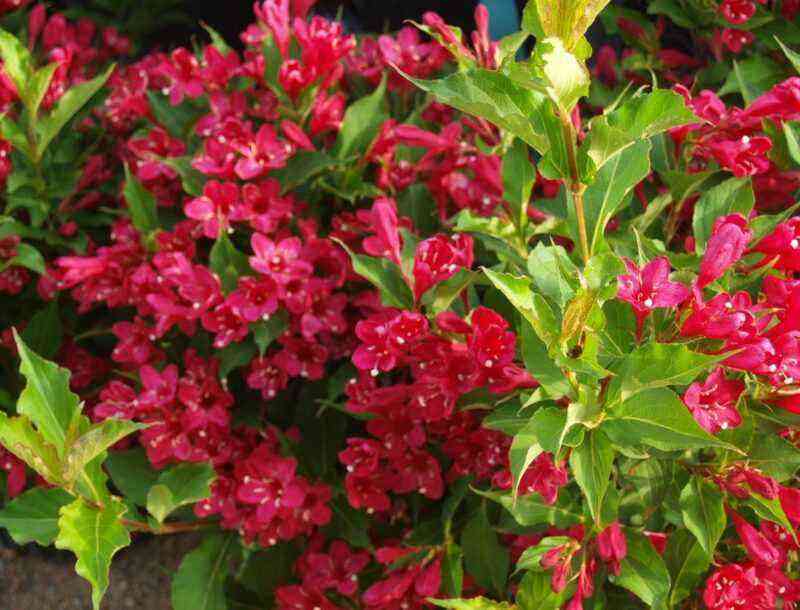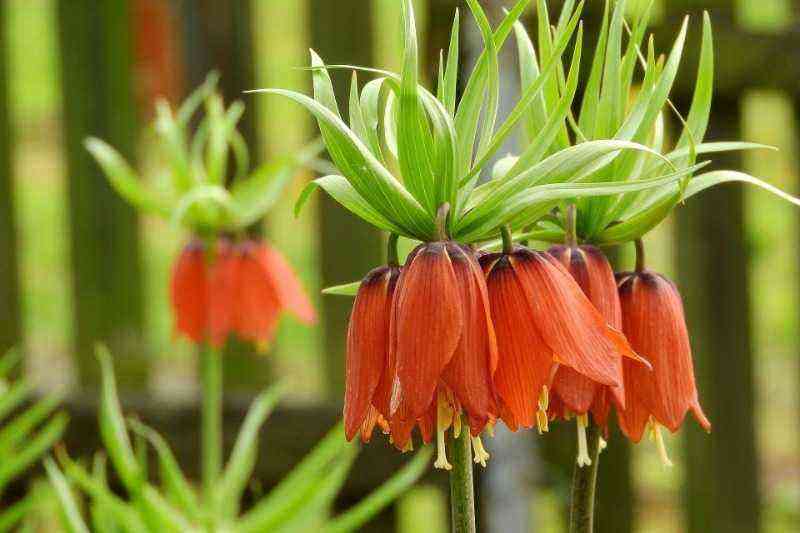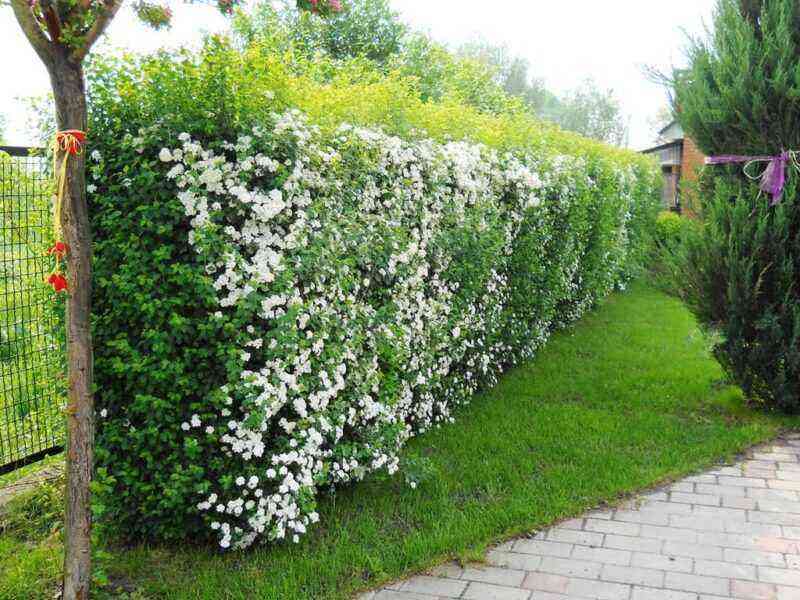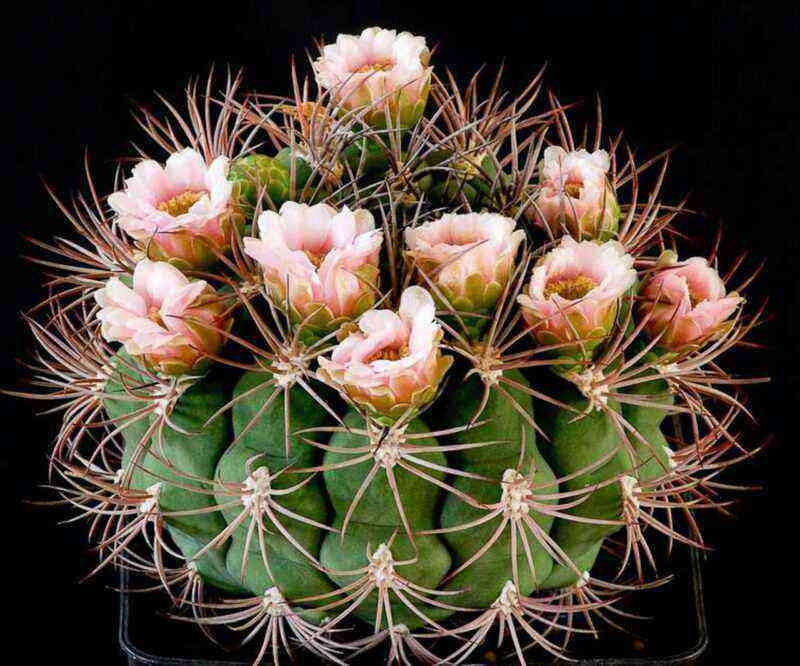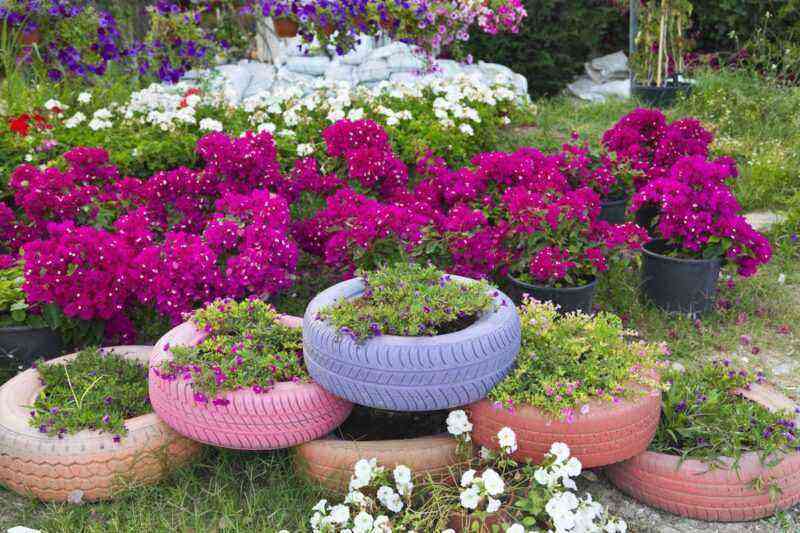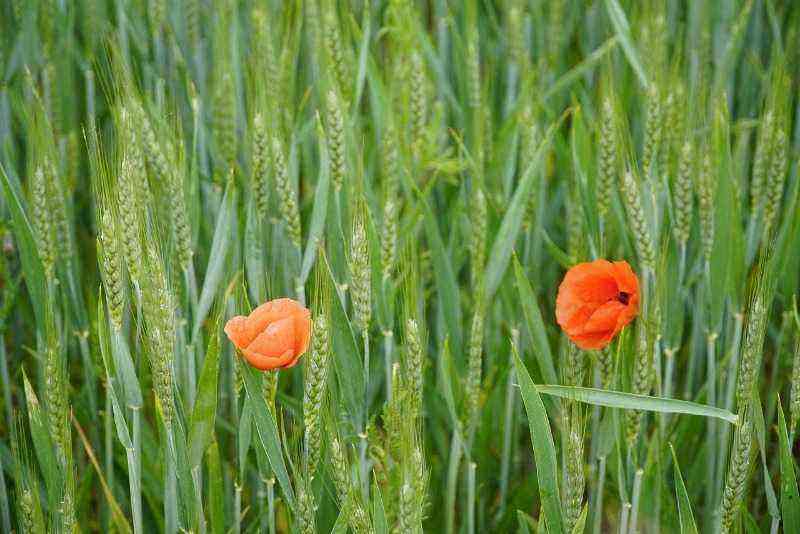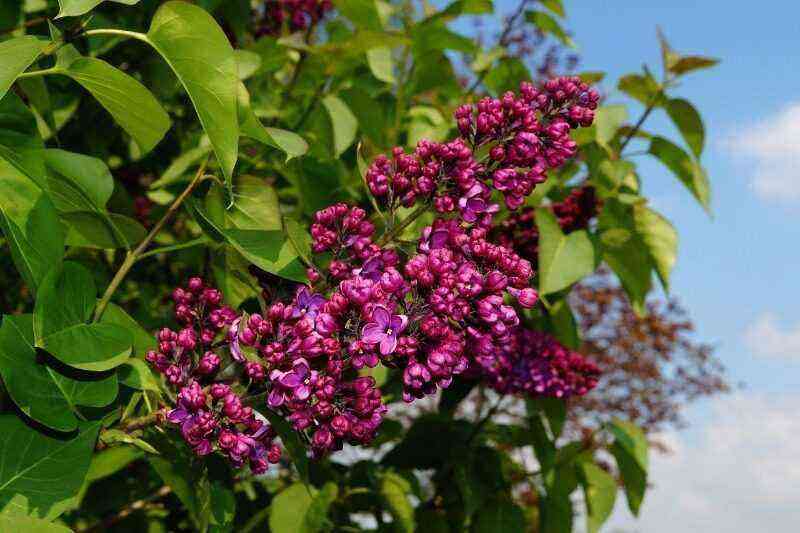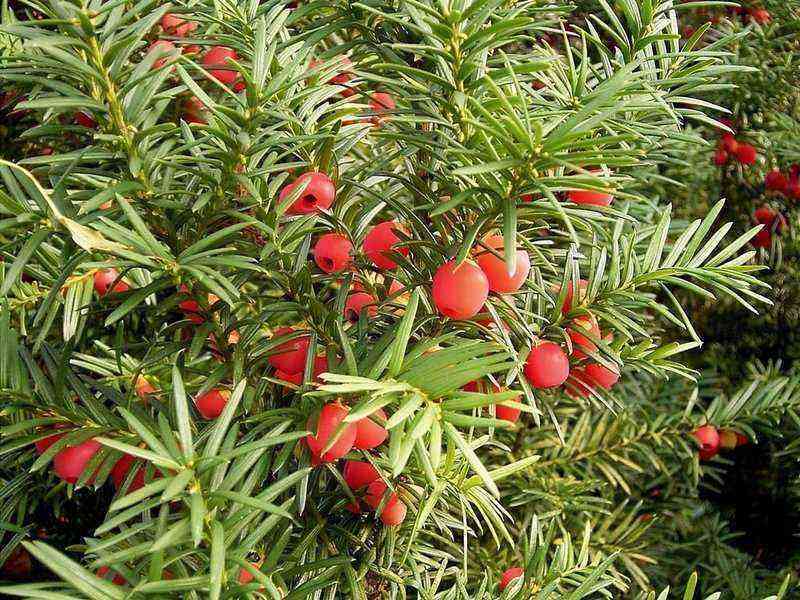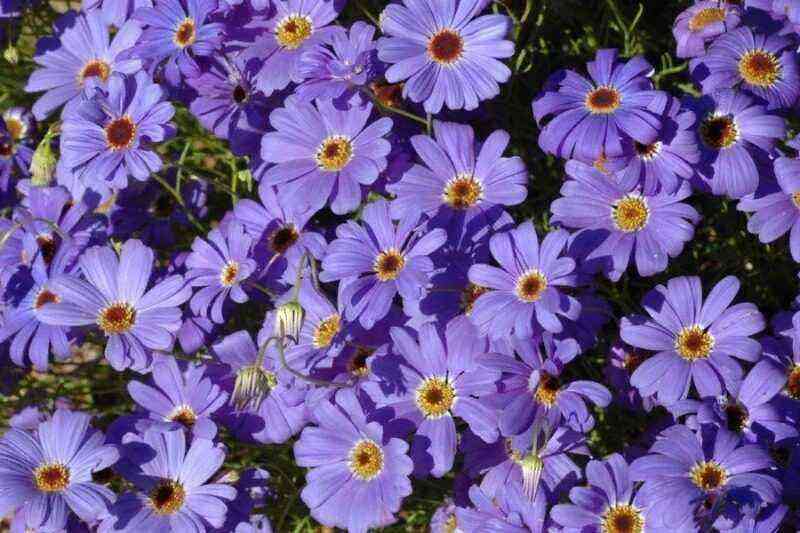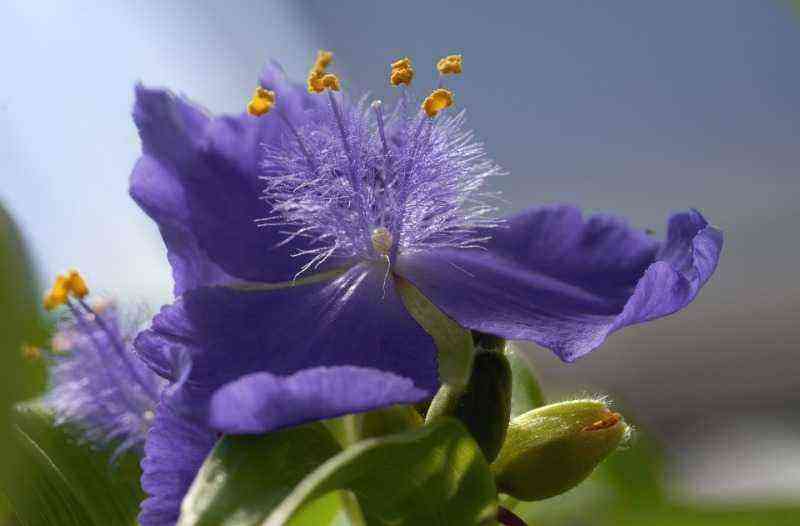An unusual tropical plant that looks like a rose, but does not have characteristic thorns on the stems, is called eustoma, lisianthus or Irish rose. Breeders have bred many varieties of these flowers, which differ in color and shape of the buds.
Echo
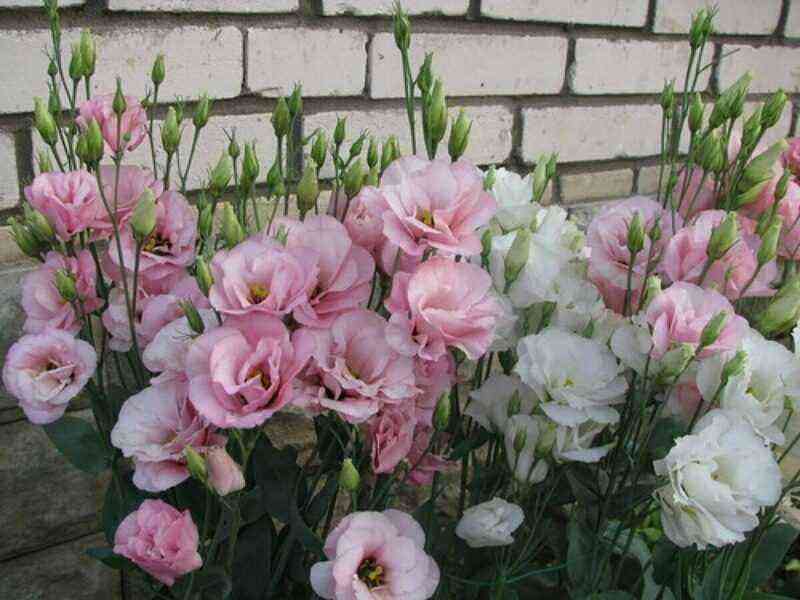
The flowers of this Irish rose variety are double and dense, and their petals have more than 10 different monochromatic and two-tone shades. They reach 8 cm in diameter, and their satin petals are arranged in a spiral.
The plant begins to bloom early and profusely. It smells very good. A whole luxurious bouquet is formed on one branch – the buds are located on the branches starting from the middle of the stem. The flowering phase is long, and the beauty of the spectacular flowers is accentuated by matte light green foliage.
In the open field, the bushes are powerful and spreading, and grow up to 70 cm. The culture needs good lighting, fertilized soil and regular watering. After planting the seeds, seedlings appear after two weeks at an ambient temperature of more than 20 ° C. Lisianthus has high disease resistance and good germination, but inflorescence petals that are too delicate can be damaged by rain.
Quite large flowers appear when Echo is planted in a pot, but the bush is more compact. It is advisable to put it outdoors in the summer.
Rosina lavender

The variety “Rosina lavender” grows in the country house up to 90 cm. But a garden plant lives no more than 2 years, and if grown in a room, then with good care the life of the plant can be 4-5 years.
The buds of this variety of Irish rose are double, one-color, and the petals are painted in a delicate pink-lavender shade. Their diameter is about 6 cm, and their length is about 5 cm. During flowering, up to 30 buds can form on one bush.
An erect, bare stem begins to branch from the middle of the bush. The leaves of “Rosina lavender” are green with a bluish tint. They are ovoid with a pointed tip. In a sunny place of the site, the bush begins to bloom 2-3 weeks after planting. To prevent the plant from forming very lush greens, pinching is recommended.
Fringe mint green
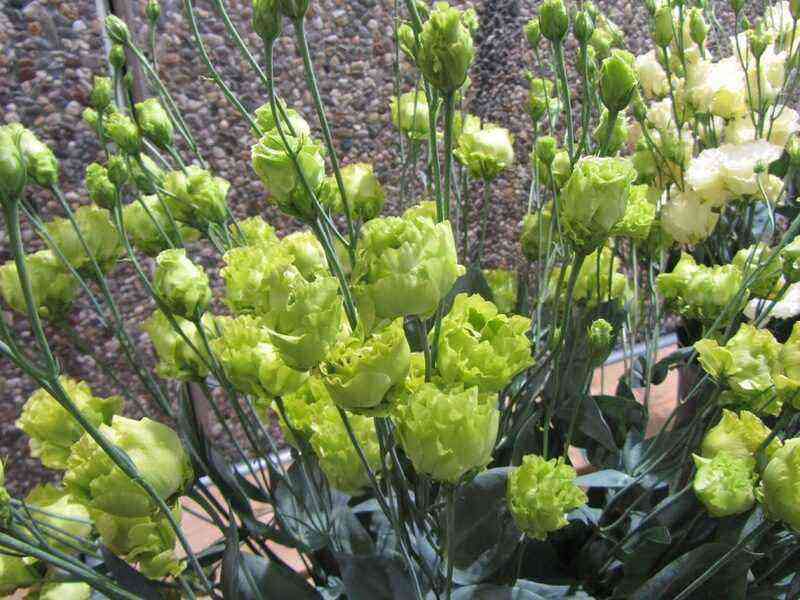
“Fringe mint green” is distinguished by an unusual and rare shade of petals – they are painted in a delicate mint green color. Terry flowers reach 6 cm in diameter, and resemble peonies in shape.
The plant has strong and strong shoots that can withstand strong winds. The bushes are small – they grow up to 50 cm, so this culture is great for container compositions.
When planting at home, sowing pots and soil must be thoroughly disinfected. The prepared soil is mixed with fine sand to neutralize excess acidity, which can slow down growth and cause chlorosis (decreased photosynthetic activity) of the leaves. Water the ground carefully – with a weak stream, so as not to wash off small seeds. With proper care, seedlings appear in 10-14 days.
Sprouts should not be left in direct sunlight for a long time – they can get burned. Suitable ambient temperature for seedlings is 23 ° C during the day and 18 ° C at night. When 4-6 leaves appear, young plants can be planted. In summer, pots can be kept on the balcony, and with the onset of cold weather they can be moved indoors.
Flamenco

This highly decorative Irish rose is grown for flower bouquets. The plant has a long, sturdy stem reaching 1,2 meters in height. The shoots of this perennial are covered with large flowers that grow up to 8 cm in diameter.
The inflorescences are colored in various shades – they can be snow-white, red, deep blue or two-tone. The variety has early and abundant flowering, and a pleasant aroma emanates from the buds.
Flamenco should be planted in a sunny, open area and the soil should be a mixture of peat and humus. The root system of eustoma is fragile and does not divide, so it cannot propagate by cuttings, but is grown only from seeds.
When the shoots get stronger and begin to bloom, the lisianthus should not be transplanted to another place, because the roots may not take root in foreign soil, and the plant will die. Watering the bush is necessary only during a drought – the flower does not tolerate abundant moisture.
Heidi
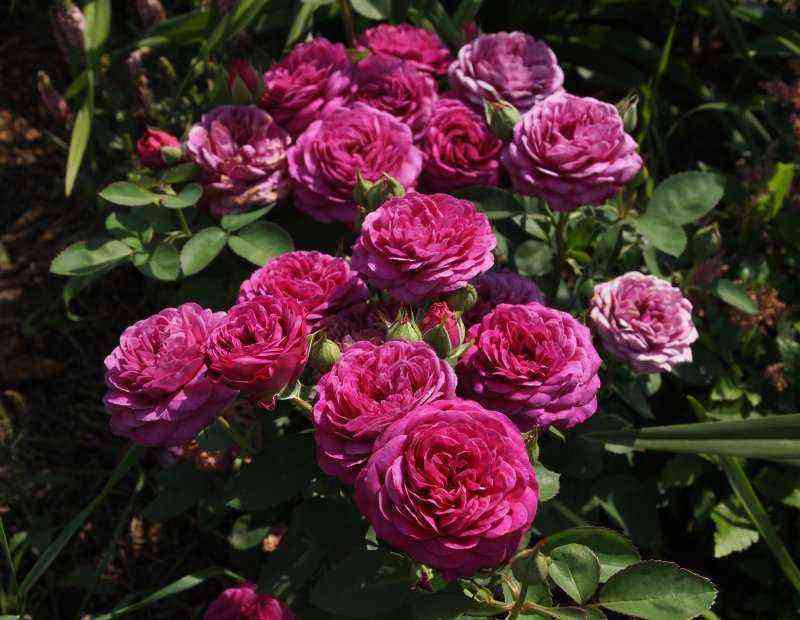
The bushes of this variety of lisianthus grow up to 90 cm in height and are distinguished by frequent and very lush flowering. The inflorescences have an exquisite shape and have up to 15 different shades.
The variety is propagated by seedlings, the preparation of which begins in the middle of winter. Small containers are chosen, the soil for sowing is disinfected, and the seeds are mixed with a handful of sand (to defuse the planting) and poured onto the soil surface. Then it is thoroughly sprayed from a spray bottle with warm, settled water. The soil should be moist, but not waterlogged. If all conditions are met, the seeds will germinate in 10-14 days.
Littlebell

This variety belongs to the dwarf varieties of eustoma – the height of the shrub does not exceed 25 cm. On its branchy shoots there are simple inflorescences that resemble bells in appearance.
Flowers have a varied color and do not crumble for a long time, and in a vase they can stand up to 3 weeks. The variety is most suitable for indoor cultivation.
Lagoon
“Lilac lagoon” reaches a height of 115 cm. The stems of the plant are covered with large purple flowers, the diameter of which is up to 10 cm.
The variety grows well in sunny areas, but needs frequent fertilizing and abundant watering. It is grown outdoors as an annual and indoors as a perennial crop.
Sow in January, and after 6 weeks make a pick. They are planted in the garden no earlier than the end of May.

